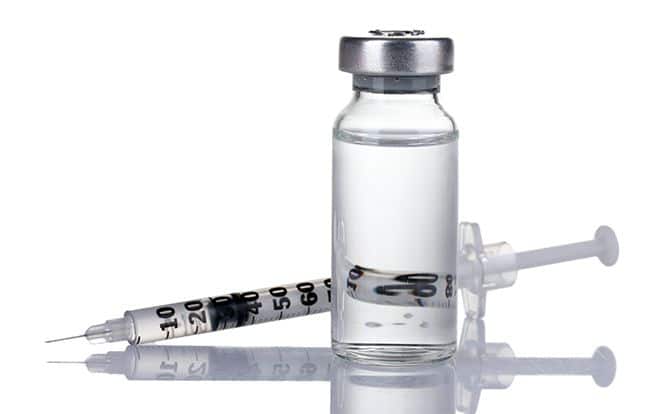My Hyaluronic Acid Story
Updated on

The first product based on Hyaluronic acid “Healon” was developed in the 1970s and approved initially for ophthalmological surgery uses. I used it from the time I was doing an internship in the French National Ophthalmology Centre to treat cataracts.
At that time within the framework of cataract surgery – which was in its early years, we discovered that the use of Hyaluronic acid, introduced into the eyeball, acted as a “visco supplementation” factor and helped the eye maintain its tonicity at the moment the incision was made.
In 1986, I learnt about the work of the optician Waldemar Kita who had just founded the Cornéal Company, specialized in the conception and manufacturing of intraocular lenses to be used in this delicate surgery.
As well as ophthalmology, Cornéal progressively imposed itself in aesthetic medicine through the production of high-quality hyaluronic acid: Juverderm® and Surgiderm®.
The more I became interested in aesthetic medicine and anti-aging treatments, the more I became interested in the use of hyaluronic acid-based products as a replacement for collagen. Allergy risks were greatly reduced as the body tolerated the product better. As it was resorbable and biodegradable, it also held the advantage of preventing permanent and irremediable accidents.
In 2006, Allergan, the pharmaceutical laboratory whose flagship product was Anti Wrinkles Treatment, bought Cornéal and specialized itself in injectable products for aesthetic medicine. In the 2000s, product industrialization and commercialization hit an all time high.
As I, myself, was an Allergan medical consultant, I was called on to test the product in its initial stages for treating wrinkles.
Our first uses focused on treating deep cutaneous breaks such as nasogenian furrows. Over time, the laboratories developed acids that were more highly polymerized – type Voluma® – used to restore facial volume.
Very quickly, hyaluronic acid appeared as an ideal treatment because of its sustainability. Injected into a zone that was highly muscled and active, like the nasogenian furrow, the product lasted 6 to 8 months. Injected directly and contacting the bone, into the cheekbone or the under-eye shadow for example, which are areas that are less used in facial expressions, the result was sustained for 4 to 5 years and could even be permanent.
Secondly, with the development of hyaluronidase, which acts as an antidote, changes in points of view or correcting “over-injections” at last became possible. Farewell distress, regrets and nasty surprises! Today we work with a pencil and rub out and correct with a rubber if need be.
Every year and even to this day, Allergan® makes its latest innovations available to aesthetic plastic surgeons: volumetric gels are becoming less hydrophilic. Water retention caused by the acid has greatly decreased and the results last for much longer. Farewell risks of the Tyndall effect (bluish colouring of the injected area related to incorrect positioning of the product)!
As for me, well I’ve been working exclusively for over 20 years now on the following acids: Juvederm® ULTRA 2, ULTRA 3, Voluma® and Volbella® as well as with all the products from the Surgiderm® range.
Over the years, I perfected my injection technique by combining the cutaneous filling that restores the volume of soft tissue with the Anti Wrinkles Treatment that relaxes the muscle that is responsible for the wrinkle.
This association of products offers a solution that is adapted and tailored to each of my patients who wish that rejuvenation takes place as naturally as possible.
